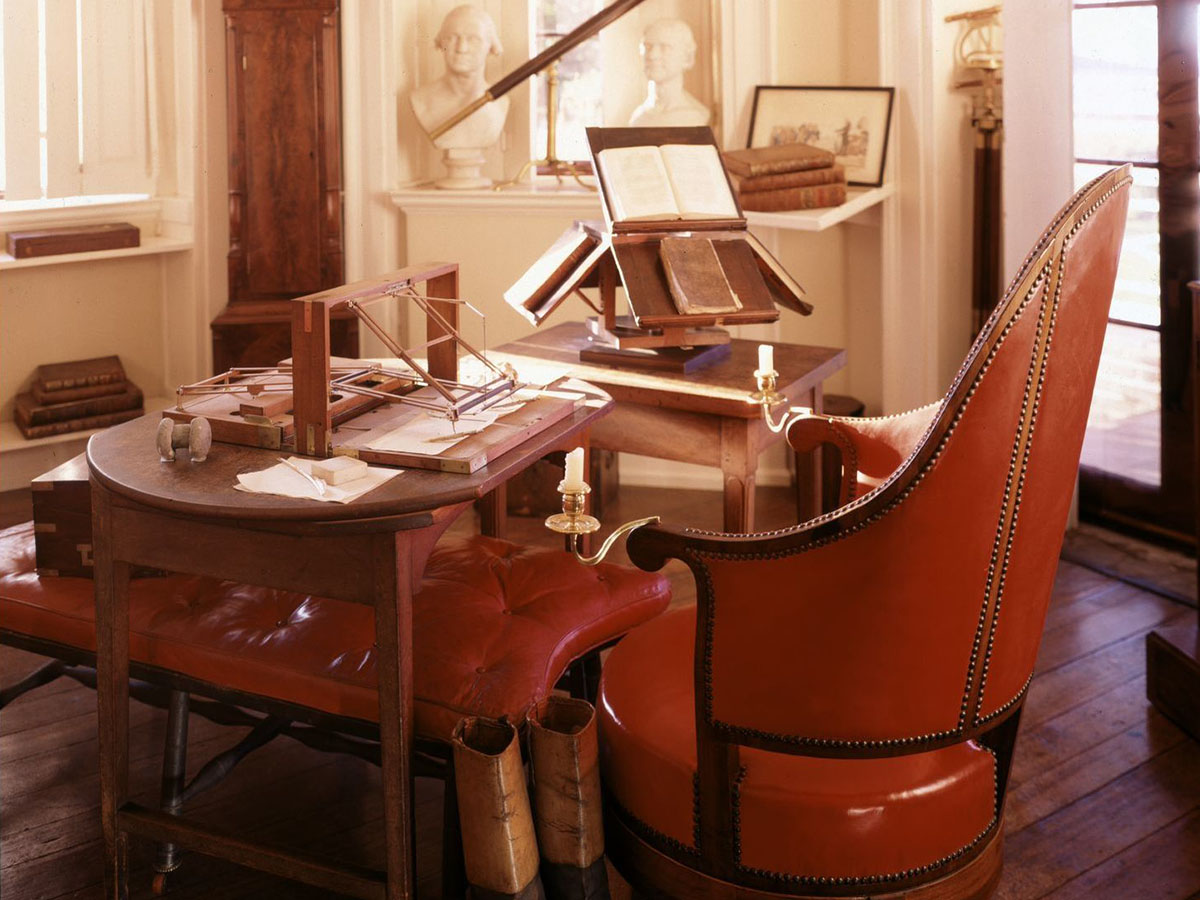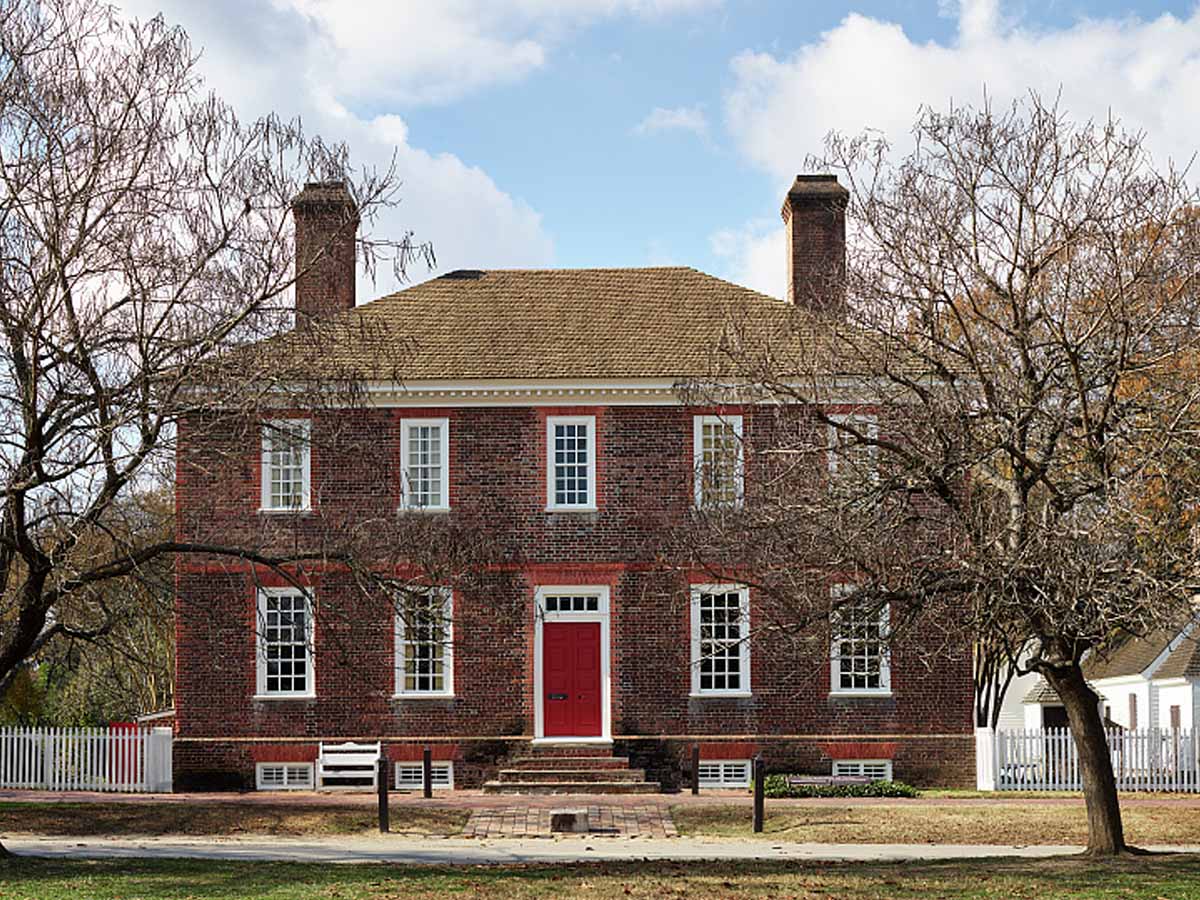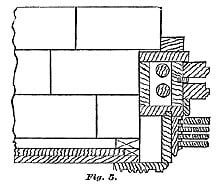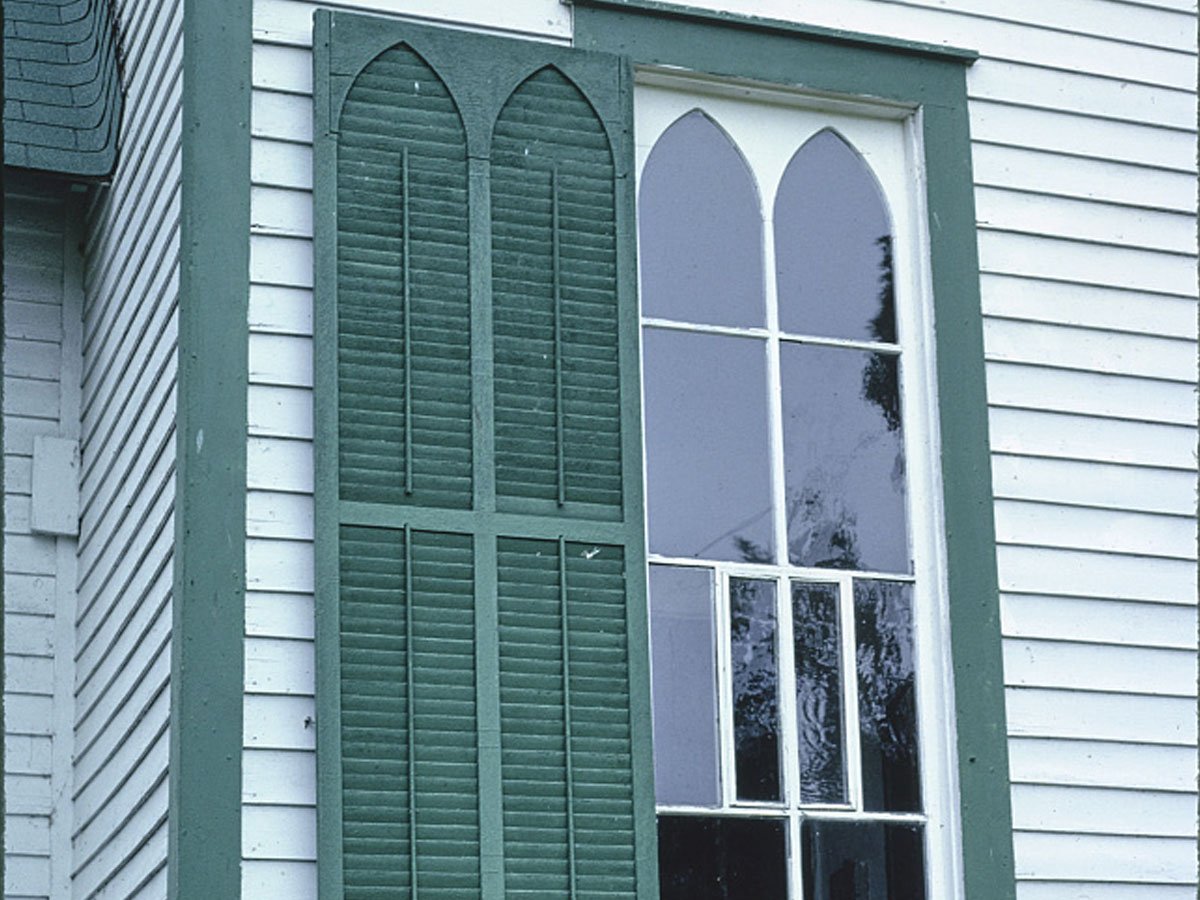Thomas Jefferson’s Blinds and Louvered Shutters
It is said that no one pursued louvered blinds like Thomas Jefferson. It is apparent that Thomas Jefferson ordered blinds for every residence in which he lived. He was clearly enamored with this new window covering that eliminated the need for draperies. The Jefferson letters include many references to wooden shutters, five pairs having been ordered in Paris during his stay there as minister to France, then also in New York, six more pairs when he resided there as Secretary of State, and then five more pairs in Philadelphia when he served as vice president.
All of these shutters were ordered for the houses he rented during his stay and all apparently found their way back to Monticello to be retrofitted to the existing windows there with very specific instructions to Mr. Dinsmore (foreman at Monticello) as to upper sash shutters to be fixed louver and lower sash shutters to be operable louver on the double hung windows. As for the triple hung windows, Jefferson desired for only the top section to be fixed louver, the two lower sections are to be operable louvers since the upper shutters cannot be reached by a man of typical height. It is clear that these “venetian Blinds” as referred to by Mr. Jefferson were in fact exterior louvered shutters.
Shutters as well as what we today call wooden blinds were both referred to as venetian blinds in the eighteenth century. Distinction to each was made by Mr. Jefferson referring to pulleys and cords with canvas strapping or to the venetian blind installed within a door stile, the latter being operable louver shutters.
Mr. Jefferson, writing from Washington, requested of Mr. Densmore that adjustable venetian blinds be installed on the interior of the Dining room windows.
Densmore replied that blinds will not fit since there are wainscot shutters (raised panel pocket shutters) installed in the place of blinds, and besides there were already louvered shutters installed on the exterior of those windows. This may have satisfied Mr. Jefferson for the time being.
At one point Mr. Jefferson sketched for construction, louvered shutters to be hinged between the columns of the porticos of Monticello. The apparent intent was to hang shutter panels, double in height and hinged at the center so that the bottom shutter would fold up parallel with the top shutter, and the two shutters would then fold up into the recess of the ceiling of the portico thus being stored out of sight when not in use. Privacy combined with ventilation were the most attractive features of shutters for Mr. Jefferson. There is much more to be said of Mr. Jefferson and his use of shutters and blinds which may be addressed in the future.








